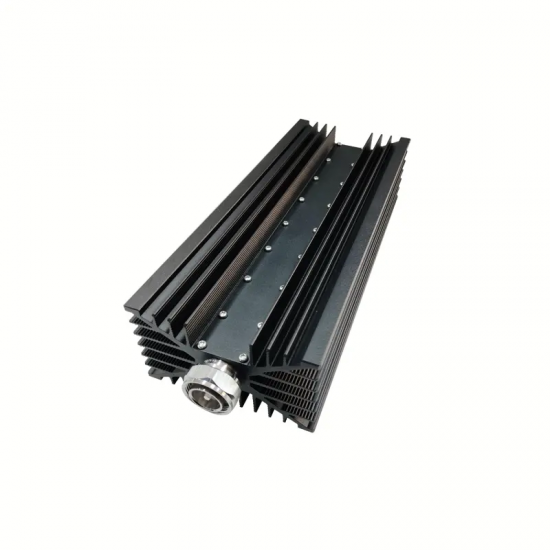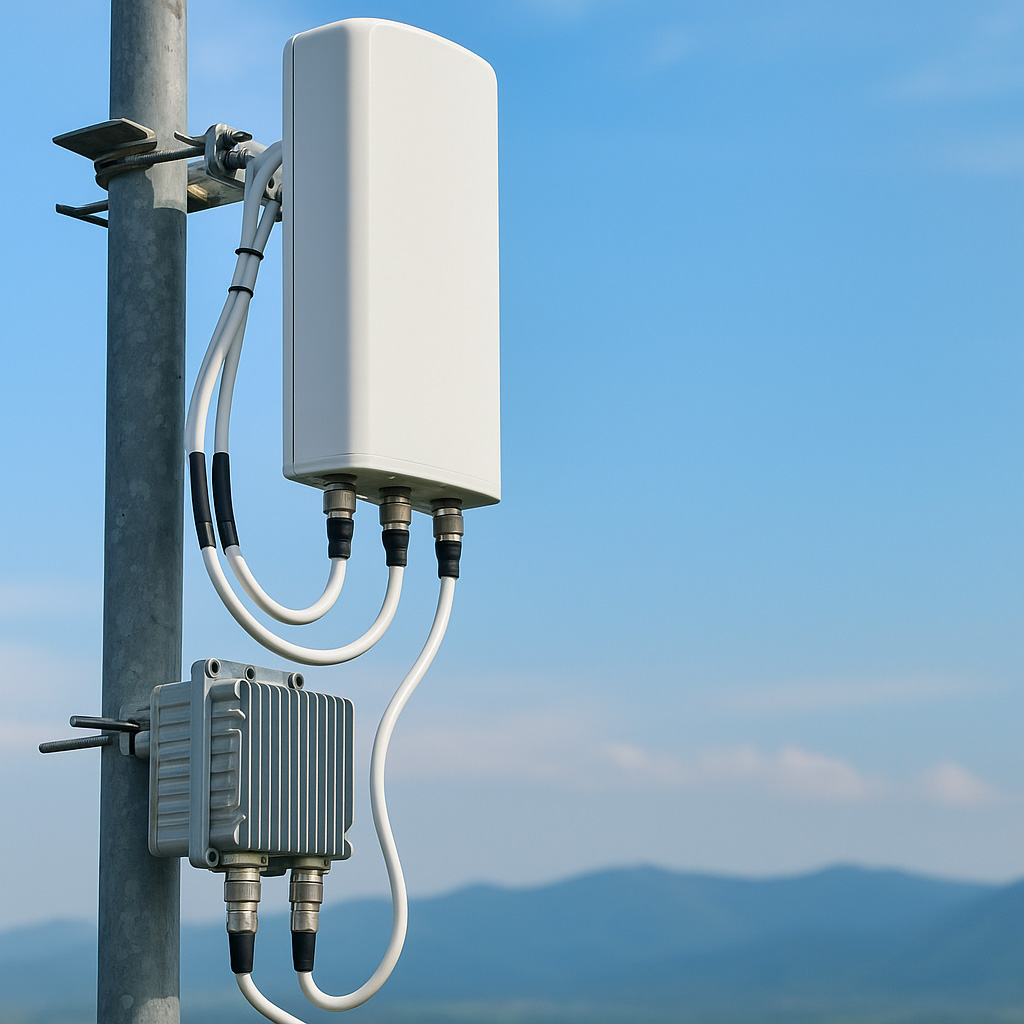What common products and technical equipment are used in radio systems?
Radio systems are widely used in communication, broadcasting, radar, navigation and other fields. Their core components include transmission, reception, signal processing and antenna equipment. The following are the key products and technical equipment commonly used in radio systems:
1. RF transmission equipment
(1) Radio transmitter
Function: modulate the baseband signal onto the RF carrier and amplify it, and transmit it through the antenna.
Key components:
Oscillator: Generates a stable RF signal (such as a crystal oscillator, VCO).
Modulator: Loads information onto the carrier (AM/FM/PM/QAM).
Power amplifier (PA): Increases signal strength (such as LDMOS, GaN PA).
(2) Broadcast transmitter
Used for AM/FM broadcasting and TV signal transmission (such as DTV transmitter).
2. RF receiving equipment
(1) Radio receiver
Function: Receive RF signals and demodulate them back to baseband signals.
Key components:
Low noise amplifier (LNA): Enhance weak signals.
Mixer: Down-convert to intermediate frequency (IF).
Demodulator: Extract original information (such as FM demodulation chip).
(2) Software-defined radio (SDR): Flexible signal processing through software (such as HackRF, USRP).
3. Antenna and feeder system
(1) Antenna
Type:
Omnidirectional antenna: Wi-Fi router, FM radio.
Directional antenna: Satellite communication, radar (such as parabolic antenna).
Smart antenna: MIMO technology (5G Massive MIMO).
(2) RF connectors and cables
Coaxial cable: such as RG-58 (50Ω), LMR series.
Connectors: SMA, N-type, BNC (for instruments and base stations).
4. RF front-end components
(1) Filter
Function: filter out-of-band interference.
Type:
Bandpass filter (BPF): only allows specific frequency bands to pass.
SAW/BAW filter: used for 5G high-frequency signal processing.
(2) RF switch
Switch signal path (such as SPDT switch).
(3) Duplexer/Multiplexer
Realize the shared antenna for transmission and reception (such as FDD-LTE duplexer).
5. Wireless communication system equipment
(1) Base station equipment
Macro base station: 4G/5G cellular network.
Small cell: enhance indoor coverage.
(2) Satellite communication equipment
VSAT terminal: satellite Internet access.
GNSS receiver: GPS/Beidou positioning.
(3) Internet of Things (IoT) equipment
LoRa module: long-distance low-power communication.
NB-IoT terminal: cellular Internet of Things.
The products of radio systems range from basic components (such as filters and amplifiers) to complex systems (such as 5G base stations and satellite communication terminals). With the development of 5G, IoT and AI technologies, RF equipment is evolving towards higher frequencies, lower power consumption and greater intelligence.

